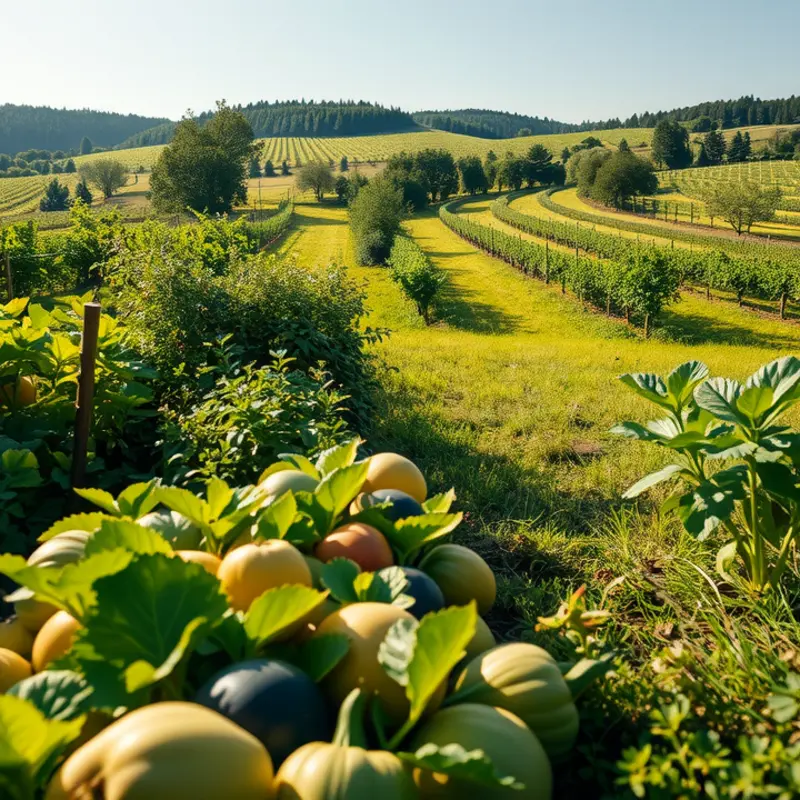Understanding safe cooking temperatures is essential for anyone interested in minimizing food waste and ensuring health at home. Appropriate cooking temperatures not only kill harmful bacteria but also enhance the flavors and textures of your meals. By adhering to these standards, you can store food with confidence and manage your kitchen more effectively. Let’s explore the ideal cooking temperatures and how they contribute to food safety.
The Importance of Safe Cooking Temperatures

Cooking at the right temperatures ensures your meals are safe to eat and prevents foodborne illnesses. These illnesses often result from bacteria or viruses found in undercooked foods. Ensuring adequate cooking temperatures kills harmful microorganisms and preserves the food’s nutritional value.
To effectively safeguard meals, familiarize yourself with recommended cooking temperatures: poultry should reach 165°F, ground meats 160°F, and steaks should hit at least 145°F. When cooking seafood, aim for 145°F as well. These temperatures guarantee bacteria such as Salmonella and E. coli are eradicated, minimizing your risk of illness.
Using a food thermometer is essential for accuracy. Insert it into the thickest part of the protein, away from bone, fat, or gristle. This minimizes false readings and ensures even those new to cooking can gauge temperatures effectively. Thermometers help you avoid overcooking, which preserves moisture and flavor, reducing food waste.
For those interested in embracing more sustainable kitchen practices, achieving precise temperatures can also lower energy costs. Avoid unnecessary reheating or overcooking by planning meals with accurate timings. If you’re interested in further reducing kitchen waste, explore this guide to low-waste cooking, which pairs well with mindful temperature control to maximize the utility of all ingredients.
Understanding safe cooking temperatures extends beyond meat. When reheating leftovers, ensure they reach 165°F. Soups and sauces should also achieve a rolling boil to ensure safety. Focusing on these practices empowers you to serve wholesome and secure meals.
Moreover, adapting these principles helps those cooking for vulnerable groups, like children, the elderly, or immunocompromised individuals. For these groups, strict temperature adherence is crucial.
To master these skills, practice and patience are key. As you become adept at using a thermometer and learn to gauge by sight and texture, you’ll excel in producing high-quality, safe meals. Recall that cooking isn’t just about taste but also about ensuring that what’s on the plate nourishes healthfully and safely. By prioritizing these measures, you contribute to a safer and more sustainable kitchen environment.
Practical Tips for Achieving Safe Cooking Temperatures

Mastering safe cooking temperatures involves more than setting your oven to bake. Consistently achieving the right temperature requires accurate tools and diligent practices. First, ensure your kitchen sports a reliable food thermometer. This tool takes the guesswork out of cooking, offering precise readings. Remember, color and texture are not reliable indicators of safety. Invest time in learning how to use it correctly. Insert the thermometer into the thickest part of the meat, avoiding bones, fats, or gristle. Ensure it reaches the ideal internal temperature, such as 165°F (74°C) for poultry and 160°F (71°C) for ground beef.
Cross-contamination presents a significant hazard if not addressed effectively. Keep raw and cooked foods separate at all stages. Use different cutting boards for raw meats and vegetables. Clean all surfaces with hot, soapy water between tasks. Even small practices, like hand washing, play a big role in maintaining safety. Avoid washing raw meat, as it spreads bacteria rather than eliminating it.
Knowing the correct refrigeration and freezing temperatures is also crucial. Your refrigerator should stay at or below 40°F (4°C). This slows bacterial growth and keeps food fresher longer. For freezing, the standard is 0°F (-18°C). Proper storage not only maintains safety but reduces waste. Did you know? Properly stored food can improve shelf life and freshness, contributing to lower waste. To dive deeper into food storage and waste reduction, consider exploring topics on low waste cooking prep.
For leftovers, prompt cooling and storage is essential. Divide large portions into smaller, shallow containers. This allows for faster cooling, reducing time spent at unsafe temperatures. When reheating, ensure everything reaches 165°F (74°C), stirring halfway through to eliminate cold spots.
Stay aware of the functionality and calibration of your tools. Thermometers should be calibrated periodically for accuracy. Check your appliance manuals for information on adjusting temperatures or resetting factory settings. Practice makes perfect; running regular checks increases confidence in your temperature-control skills.
By implementing these strategies, you’ll not only ensure your family’s safety but also improve your kitchen efficiency. Let these practices become second nature and watch as they transform mealtime into a safer, more enjoyable experience.
Final words
Safety in the kitchen is paramount, and adopting safe cooking temperatures is a vital part of responsible food management. By ensuring every meal reaches the appropriate temperature, you not only protect against foodborne illnesses but also reduce food waste by maximizing the lifespan of your groceries. Embrace these tips and techniques to cultivate a kitchen that is mindful of both health and sustainability. Remember, each step you take makes a difference in keeping your loved ones safe and enjoying delicious meals.







